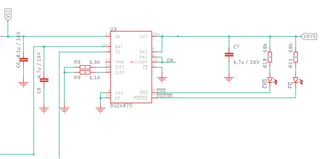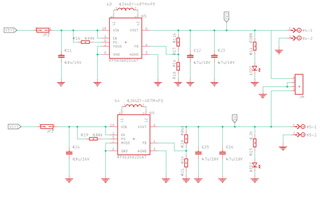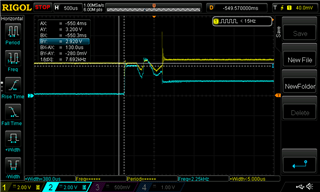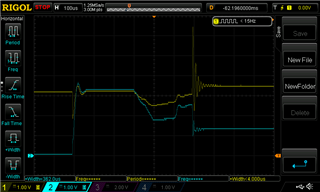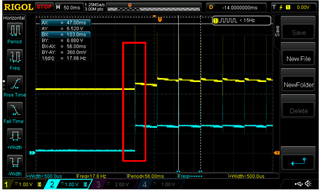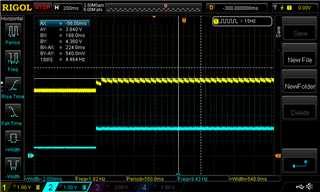Other Parts Discussed in Thread: TPS63802
Hi,
We are using the BQ24075T for our project with a LiPo battery. The tests carried out showed us that the battery is charging properly.
If the device is working with an external power supply and this power supply is turned off, the battery starts discharging and everything is working right.
However, if the battery voltage is below 3.7V, and we try to turn on our device (without an external power supply only with battery), the BQ24075T works as it wants to deliver the OUT voltage but instantly it turns off again and then it starts a loop like this. For better undestanding, we have some LEDs just as a power indicator, and they start blinking until we turn off the device.
Any ideas of what could it be happening?
Regards
Jaume


